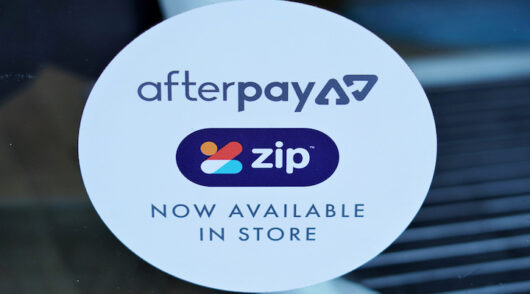Retailers are working in an increasingly challenging environment. The after-effects of the pandemic, inflationary pressures in supply chains, and the looming cost of living crisis create the perfect storm of uncertainty. This is one of the key findings from new research we’ve conducted into the state of retail.
But it is not all bad news. If the past two years have taught retailers anything, it’s that agility and speed can turn adversity into opportunity. Yet, whereas progress in the past has been about making significant investments and bold plans, today’s narrative is around frugal innovation. By focussing on the fundamentals and optimising the basics, our data suggests that retailers can do a lot more with what they already have.
Our new report, The Global Retailers Handbook, makes a case for the continued need for retailers to analyse and optimise every aspect of their e-commerce experience as consumers become more deeply connected to digital shopping and payments.
E-commerce maintains its bounce
Despite stores reopening their doors post lockdowns, e-commerce has retained its recent converts. Indeed, consumer attitudes to e-commerce are emboldening: 33 per cent say shopping online allows them to budget more effectively and make their money go further. At the same time, 15 per cent more people than last year recognise the benefits of ease and safety.
For e-commerce-only businesses, the challenge is to meet the expectations of this increasingly mature audience in what will inevitably become an increasingly competitive market. For retailers with brick-and-mortar stores, their e-commerce business must now be the star of the show.
Payments must follow. Our research found significant year-on-year growth in the number of consumers engaging in digitised payment experiences. From using digital wallets and Buy Now Pay Later (BNPL) options to opting for biometric authentication, consumers are showing fast-growing maturity regarding new and emerging digital payments. And their expectations are also growing, with more than half (56 per cent) saying they would abandon their cart if their preferred payment method was unavailable.
The rise and rise of marketplaces
E-commerce marketplaces are a segment of the digital economy that has shown particular growth in recent years. And that growth is expected to continue. Experts predict up to 70 per cent of digital commerce will occur on marketplace platforms by 2025.
Unsurprisingly, those e-commerce brands yet to join the marketplace revolution are considering doing so, and fast. Thirty-eight per cent tell us they are planning to increase their use of third-party marketplaces to reach more customers. Meanwhile, 26 per cent of retailers with revenues of over $1 billion are planning to add a marketplace offering in the coming year.
Winning on trust, not tricks
Whereas last year was about meeting consumers’ desire for exciting online experiences, shoppers tell us trust has become more critical.
Payment security has become more of a priority for consumers – 80 per cent will abandon their cart if concerned about security – while innovations such as personalisation, gamification, and social media shopping have faded into the background of needs. The last of these is particularly stark, with a halving of consumers saying they want to shop via social channels and live-streamed influencer channels, to just 17 per cent.
Retailers have several ways they can demonstrate trust. Our research shows they should start at the checkout –displaying security information on the payments page has become shoppers’ number one non-price-related priority.
But this is not an invitation for retailers to ignore the customer experience, and expectations rarely stand still. The 30 per cent of online retailers that plan to improve their checkout and payment experience in the next 12 months have the right idea. So do those who demonstrate they understand the financial challenges of their customers. Our research also finds loyalty schemes have become increasingly valuable to shoppers.
Fighting false declines, friction and fraud
This year we find fewer e-commerce payments are being successfully authorised. Only a quarter of enterprise retailers achieved approval rates of 90 per cent or more, a 6 per cent drop since 2020. This decline in performance couldn’t happen at a worse time, as consumers tell us they’re less willing than ever to accept a false decline. Forty-four per cent said they’d give up on a purchase if they experienced a false decline.
The data also unveils a worrying uptick in fraud, especially friendly fraud. Twenty-seven per cent of retailers have faced an increase in chargeback rates in the past six months, while 10 per cent are happy to admit they’d initiate a fraudulent chargeback if necessary.
Astute merchants navigate this balance between performance and protection by rethinking their payments technology stack. A payments platform that uses machine learning in conjunction with libraries of fraud rules puts retailers in control, allowing them to define fraud thresholds, set exemptions, and more accurately identify genuine customers.
Detail is critical, with the best strategies considering the individual transaction, customer, product, issuer, and the retailer’s risk appetite. Yet getting the data is a problem, with 80 per cent of retailers saying they can’t access the insights they need.
More than ever, it’s essential that retailers have partners with long-standing experience, deep expertise and an ability to solve complexity by combining human ingenuity with leading-edge technology.
The bottom line
The research shows the need for retailers to adapt once again. On the front end, they need to prioritise trust. On the back end, they need to optimise every transaction.






